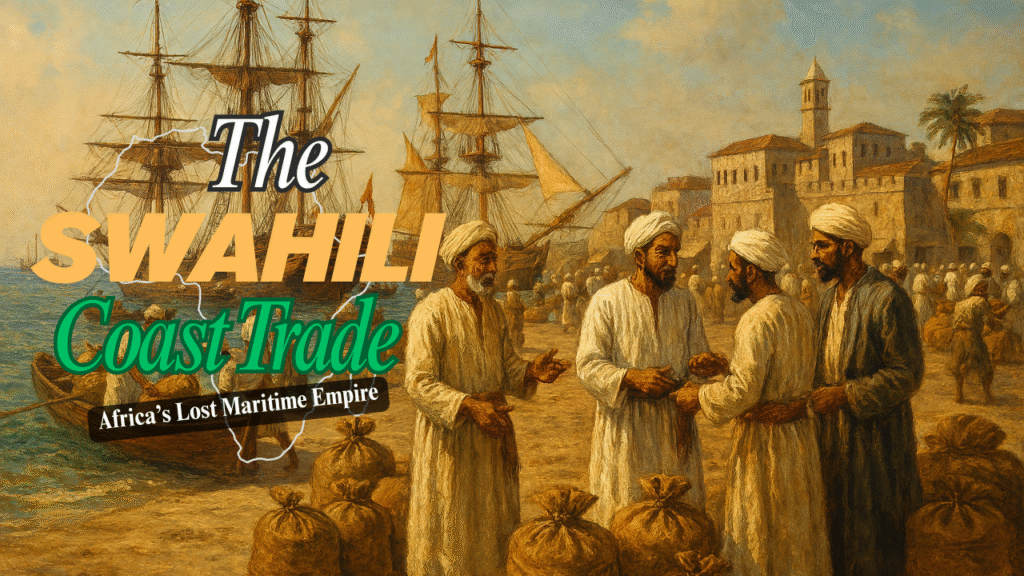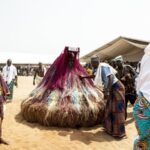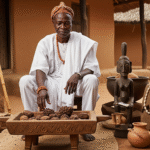Africa’s Great Maritime Gateway 🌊
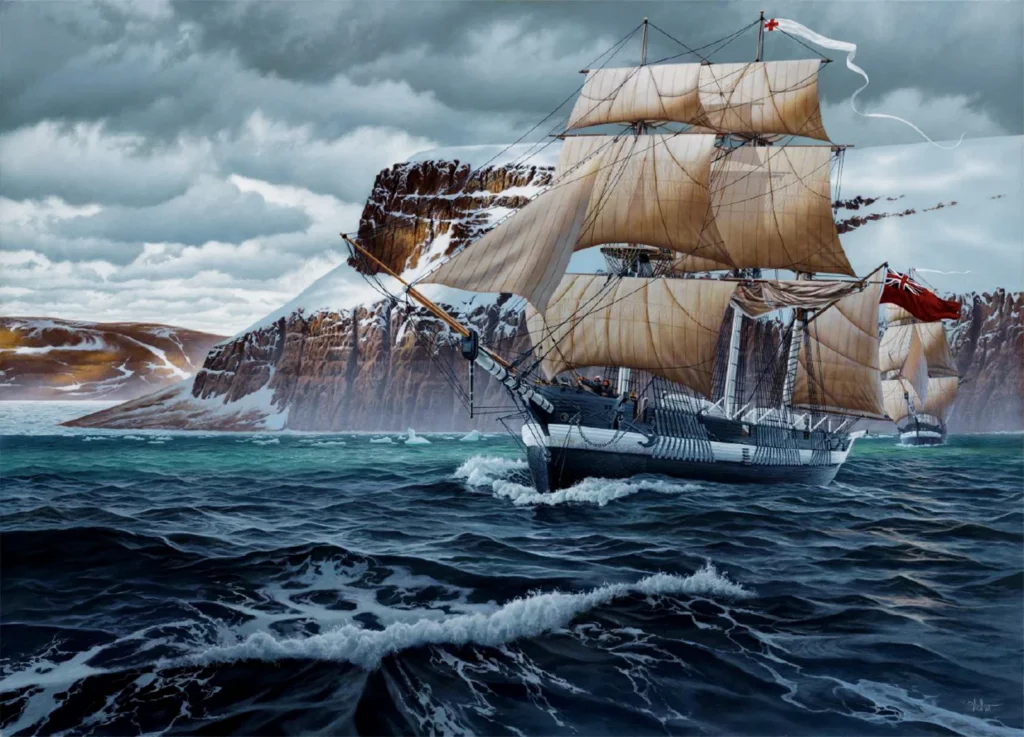
For centuries, long before colonial ships arrived, the Swahili Coast thrived as Africa’s maritime gateway to the world. Stretching from Somalia down to Mozambique, this East African shoreline became a melting pot of African, Arab, Persian, Indian, and even Chinese influences.
The Swahili Coast was more than a trade corridor — it was a cultural, spiritual, and linguistic bridge between the African interior and the wider Indian Ocean world. Here, African gold, ivory, and people met foreign silks, spices, and religions, giving birth to one of Africa’s most sophisticated precolonial trade systems.
The Geography and Origins of the Swahili Coast🌍
The Swahili Coast includes key regions of present-day:
- Kenya (Mombasa, Malindi, Lamu)
- Tanzania (Zanzibar, Kilwa Kisiwani, Bagamoyo)
- Northern Mozambique
- Southern Somalia
🔍 Cultural Fusion Begins
By the 8th–9th centuries CE, Bantu-speaking coastal communities had begun trading with merchants from Arabia and Persia, forming the basis of the Swahili culture — a fusion of African roots and Islamic, Persian, and Asian influences.
Early Trade Networks and the Role of Monsoon Winds 🌀


What made Swahili trade so powerful was its mastery of monsoon winds. Traders timed their voyages to ride winds across the Indian Ocean, making return trips months later.
🌐 Goods Exported:
- Gold from Zimbabwean mines
- Ivory and animal skins
- Slaves
- Timber and iron tools
🛍️ Goods Imported:
- Chinese porcelain
- Indian cotton
- Persian glassware
- Arabic incense and books
Explore more in “How the Indian Ocean Trade Shaped African Civilizations”
Kilwa, Mombasa & Zanzibar – City-States of Wealth and Power 🏛️
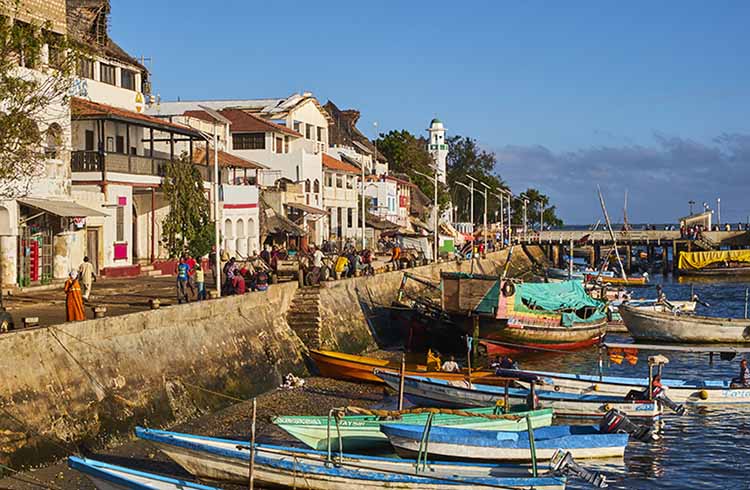
🕌 Kilwa Kisiwani (Tanzania):
Once the most powerful coastal city, Kilwa controlled gold routes and built Africa’s first coral stone palace. Moroccan traveler Ibn Battuta described it as one of the most beautiful cities of his time.

🏝️ Zanzibar:
An island kingdom known for cloves, slaves, and cosmopolitan architecture. It was a vital spice trade center and a bridge between Africa and Arabia.
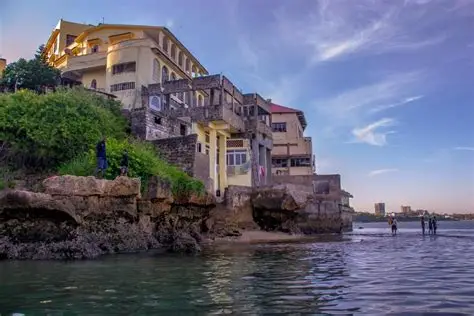
⛵ Mombasa & Malindi (Kenya):
Well-fortified port cities that attracted Portuguese interest and even visits from the Chinese explorer Zheng He in the 15th century.
Language, Religion & Architecture – The Swahili Identity 🗣️
💬 Swahili Language:
Born out of trade, Swahili is a Bantu language infused with Arabic, Persian, and later Portuguese words. It became the lingua franca of East Africa and is still spoken by over 100 million people today.
☪️ Islamic Influence:
Islam spread peacefully along the coast, shaping law, education, and city planning. The Great Mosque of Kilwa stands as a testament to Islamic architectural influence.
🏠 Architecture:
Elegant coral stone houses, arched doorways, and intricately carved wooden doors became trademarks of Swahili urban design.
Learn more in “Swahili Language: Africa’s Lingua Franca”
Slavery and Human Trade – A Dark Chapter ⚖️
The Swahili Coast was deeply entangled in the Indian Ocean slave trade. African captives were sold to:
- Arabia (for domestic work)
- Persia and India (for labor and armies)
- Comoros and Madagascar
Slave markets in Zanzibar and Bagamoyo were among the largest, operating centuries before European involvement in the Atlantic slave trade.
See our post “African Slavery in the Indian Ocean World”
European Disruption and Colonization ⚓
The late 15th century saw Portuguese fleets arrive, seeking to control the spice and gold trade. They captured key cities like Kilwa and Mombasa, violently displacing local rulers.
Later, the Omani Arabs pushed the Portuguese out, reclaiming dominance — especially in Zanzibar, which became a major sultanate.
By the 19th century, European colonization dismantled the Swahili trading systems, converting trade cities into colonial ports.
Further Reading & Internal Links 📚
- The Spiritual Power of the Igue Festival in Edo
- Osun-Osogbo: Sacred River, Sacred Rituals
- Islam’s Spread Across Africa Through Trade
- Kilwa Kisiwani: A Coral City of Gold
- Preserving African Maritime Heritage for Future Generations
